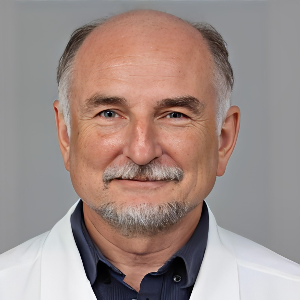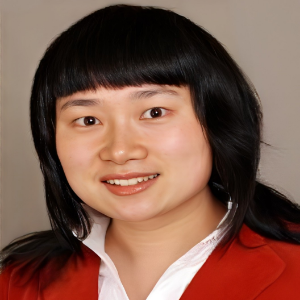The metabolic breakdown of pharmaceuticals by living organisms, often mediated by specialised enzyme systems, is known as drug metabolism. More specifically, xenobiotic metabolism refers to the set of metabolic pathways that alter the chemical structure of xenobiotics, which are substances foreign to an individual's normal biochemistry, like any drug or poison. The term comes from the Greek words xenos, meaning "stranger," and biotic, meaning "related to living beings." These bio transformational routes, which are found in all significant groupings of species, are thought to have existed long ago. These processes frequently cleanse harmful substances (although in some cases the intermediates in xenobiotic metabolism can themselves cause toxic effects). The field of pharmacokinetics investigates how drugs are metabolised. An essential component of pharmacology and medicine is the metabolism of pharmacological medicines. For instance, a drug's pharmacologic action's duration and potency are determined by its rate of metabolism. Multidrug resistance in infectious illnesses and cancer treatment are also influenced by drug metabolism, and dangerous drug interactions are frequently caused by the activities of certain medications as substrates or inhibitors of enzymes involved in xenobiotic metabolism. The xenobiotic metabolism of microorganisms determines whether a contaminant will be broken down during bioremediation or stay in the environment, making these pathways crucial in environmental research. In agriculture, the xenobiotic metabolism enzymes, in particular the glutathione S-transferases, are crucial because they may result in pesticide and herbicide resistance.

Vladlen Slepak
University of Miami Miller School of Medicine, United States
Yong Xiao Wang
Albany Medical College, United States
Consolato M Sergi
Universities of Alberta and Ottawa, Canada



Title : The impact of metal-decorated polymeric nanodots on proton relaxivity
Paulo Cesar De Morais, Catholic University of Brasilia, Brazil
Title : Hepatotoxic botanicals-shadows of pearls
Consolato M Sergi, Universities of Alberta and Ottawa, Canada
Title : Exploring classical ayurvedic drugs in hypertension
Prashant Bhokardankar, Datta Meghe Ayurved College, India
Title : Principles and standards for managing healthcare transformation towards personalized, preventive, predictive, participative precision medicine ecosystems
Bernd Blobel, University of Regensburg, Germany
Title : Personalized and Precision Medicine (PPM) as a unique healthcare model based on design-inspired biotech- & biopharma-driven applications to secure the human healthcare and biosafety
Sergey Suchkov, N.D. Zelinskii Institute for Organic Chemistry of the Russian Academy of Sciences & InMedStar, Russian Federation
Title : Antibody proteases as translational tools of the next step generation to be applied for biopharmacy related and precision medical practice
Sergey Suchkov, N.D. Zelinskii Institute for Organic Chemistry of the Russian Academy of Sciences & InMedStar, Russian Federation
Title : Easily injectable, organic solvent free self assembled hydrogel platform for endoscope mediated gastrointestinal polypectomy
Hitasha Vithalani , IIT Gandhinagar, India
Title : Cognitivevoice: Novel machine learning model leveraging acoustic features to predict future cognitive decline in Parkinson’s Disease
Aadya Daga, Hamilton High School, United States
Title : Platelet-activating factor-receptor pathway mediates solar radiation-induced extracellular vesicle release in human keratinocytes
Ravi P Sahu, Wright State University, United States
Title : Road to relief: Managing varicose veins in labor and professional drivers
Prasanta Bera, KLE College of Pharmacy, India